As one of the fastest growing sports in America, pickleball has created an unprecedented demand for court access that’s leaving players scrambling to find available playing time. With an estimated 40,000+ dedicated courts nationwide and the sport continuing its explosive growth, understanding where to play and how to access courts has become essential knowledge for both beginners and seasoned players.
Whether you’re a newcomer looking to try this fast paced game for the first time or an experienced player seeking better court options, this comprehensive guide will provide you with everything you need to know about pickleball courts. From understanding court specifications to finding the best places to play in your city, we’ll cover all the essential information to get you on the court and enjoying this fun sport with friends and fellow players.
What Are Pickleball Courts
Pickleball courts are rectangular playing surfaces measuring 20 feet wide by 44 feet long, making them exactly half the size of a tennis court. This compact size is one of the keys to the sport’s accessibility, allowing multiple courts to fit in spaces where traditional tennis might not be practical.
The court features a net that stands 36 inches high at the posts and dips to 34 inches in the center, creating the proper playing conditions for this unique game. Unlike tennis or ping pong, pickleball courts include a distinctive 7-foot non-volley zone, commonly called the “kitchen,” on each side of the net. This area is crucial to the game’s strategy and helps differentiate pickleball from other racquet sports.
Courts can be constructed on various surfaces including concrete, asphalt, and specialized court materials designed for optimal ball bounce and player safety. The surface quality matters significantly for consistent play, which is why proper construction and maintenance are essential considerations for any facility.
Court Specifications and Layout
|
Element |
Measurement |
|---|---|
|
Court Length |
44 feet |
|
Court Width |
20 feet |
|
Net Height (posts) |
36 inches |
|
Net Height (center) |
34 inches |
|
Non-volley Zone |
7 feet from net |
|
Recommended Play Area |
30 x 60 feet minimum |
Types of Pickleball Courts Available
Understanding the different types of courts available will help you find the best options for your skill level and playing preferences. Each type offers unique advantages and may be more suitable depending on your location and needs.
Dedicated Pickleball Courts
Dedicated courts are purpose-built specifically for pickleball with proper dimensions and markings. These facilities offer the best playing experience but require more investment in site preparation and construction. You’ll find these at specialized pickleball centers, newer community facilities, and private clubs that have embraced the sport’s growth.
Shared-Use Courts
Shared-use courts adapt existing tennis courts by adding pickleball lines with paint or tape, sometimes using portable nets. This conversion approach is popular because up to four pickleball courts can fit within the boundaries of a standard tennis court, making it a cost-effective solution for facilities looking to serve more players.
Indoor Courts
Indoor courts are available year-round regardless of weather conditions, making them particularly valuable in regions with harsh winters or extreme summer heat. These courts are typically found in community centers, sports complexes, and converted gymnasiums, offering consistent playing conditions and protection from the elements.
Outdoor Courts
Outdoor courts typically operate on a first come, first served basis during designated hours. While weather-dependent, these courts often provide a more social atmosphere and are usually the most accessible option for casual players. Many outdoor facilities feature lighting systems that enable evening play, extending available court time.
Temporary Courts
Temporary courts can be set up on basketball courts, gymnasium floors, or other flat surfaces using portable nets and temporary tape lines. This flexibility allows the sport to be played almost anywhere with proper permission, making it easy for schools, community groups, and events to offer pickleball without permanent infrastructure.
Finding Pickleball Courts Near You
Locating courts has become easier thanks to online resources and the sport’s rising visibility, but knowing where to look can save you significant time in your search.
Online Resources and Directories
Check your local parks and recreation department websites for court locations, as many municipalities have added pickleball to their offerings. These sites often include information about open play times, fees, and any equipment rental options available.
Visit community centers and sports complexes that often house indoor courts. These facilities frequently offer the most consistent access and may provide additional amenities like restrooms, water fountains, and climate control.
Use online court locators and pickleball facility directories. Several dedicated websites and mobile apps maintain databases of courts across the country, complete with user reviews, photos, and current information about availability and conditions.
Local Community Connections
Contact local pickleball clubs and organizations for recommendations. These groups maintain the most up-to-date information about new courts, changes in access policies, and the best times to play at different locations. Joining these communities also connects you with other players who can share valuable insights.
Look for courts at schools, country clubs, and private sports facilities. Many educational institutions open their courts to the public during certain hours, while private facilities may offer day passes or trial memberships for newcomers to the sport.
Word of Mouth and Social Networks
The pickleball community is known for being welcoming and helpful. Players at existing courts are usually happy to share information about other locations and may even invite you to join their regular playing groups. Social media groups and local forums can also be excellent sources for real-time information about court availability and conditions.
Court Reservations and Access
Understanding how to access courts efficiently can make the difference between regular play and frustration with overcrowded facilities.
Reservation Systems and Booking
Many facilities offer online reservation systems due to high demand for court time. These systems have become necessary as the sport’s popularity has outpaced court construction in many areas. Some courts operate on a first come, first served basis during designated hours, but advance booking is increasingly common.
Peak hours often require advance booking, especially weekends and evenings when most people are available to play. Planning ahead and being flexible with your playing times can significantly improve your access to courts.
Cost Considerations
Public courts are typically free but may have time restrictions or require permits for organized play. Private clubs and specialized facilities may require membership fees or offer pay-per-use arrangements, often with additional amenities that justify the cost.
Understanding the pricing structure at different facilities helps you budget for regular play and determine which options provide the best value for your needs and frequency of play.
Open Play Sessions
Organized open play welcomes players of all skill levels and has become a hallmark of pickleball’s social culture. These sessions typically rotate players to ensure everyone gets court time, creating an inclusive environment where beginners can learn from more experienced players.
Sessions may be weather-dependent for outdoor courts, with cancellations during rain or snow. Indoor facilities offer more reliable scheduling, making them valuable for players who want consistent playing opportunities.
Drop-in play allows newcomers to join without advance registration, removing barriers for people who want to try the sport without committing to regular league play or lessons.
Equipment and Amenities
Most facilities recognize that many players, especially beginners, may not own equipment or may be traveling from other areas.
Equipment Rentals and Pro Shops
Many facilities offer paddle and ball rentals for beginners who want to try the sport before investing in their own equipment. This accessibility has been crucial to the sport’s growth, allowing people to participate immediately without upfront costs.
Pro shops at larger facilities sell equipment and provide maintenance services. These on-site retailers often carry quality paddles, balls, and court shoes specifically designed for pickleball, along with expert advice about equipment selection.
Facility Amenities
Lighting systems enable evening play on outdoor courts, significantly expanding available playing time during popular after-work and weekend hours. Quality lighting is essential for safety and game quality during darker hours.
Restrooms, water fountains, and seating areas enhance player comfort and support longer playing sessions. Storage lockers available at some premium facilities allow players to bring personal equipment and belongings without worry.
Additional amenities might include covered pavilions for weather protection, social areas for post-game interaction, and food services at larger complexes.
Court Construction and Conversion
Understanding construction options helps communities and facility managers make informed decisions about expanding pickleball access.
Tennis Court Conversion
Converting tennis courts is the most cost-effective way to add pickleball courts to existing facilities. This approach has become the primary method for rapid expansion of playing opportunities, particularly in areas where space is limited.
Four pickleball courts can fit on one standard tennis court, dramatically increasing the number of players who can use the same space simultaneously. This efficiency makes conversion projects attractive to parks departments and private facilities looking to serve more people.
Proper surface preparation ensures optimal ball bounce and player safety. The existing court must be evaluated for cracks, surface irregularities, and drainage issues before proceeding with the conversion process.
Professional line striping is required for official court markings. The new pickleball lines should be clearly distinguishable from existing tennis lines to avoid confusion during play.
Temporary Court Setup
Portable nets allow quick set up on existing flat surfaces, making it possible to create playing opportunities almost anywhere. These nets must meet USA Pickleball specifications for regulation play, with proper height and width measurements.
Temporary tape lines can mark court boundaries for casual play, though permanent striping is preferred for regular use. Always obtain permission before marking temporary lines on surfaces to avoid damage claims or facility conflicts.
Gymnasium floors work well for indoor temporary courts, providing smooth, consistent surfaces that support good ball bounce and safe player movement.
Playing Programs and Leagues
Organized programs serve players across all skill levels and ages, contributing significantly to the sport’s community atmosphere.
Beginner Programs
Beginner classes help new players learn proper techniques and rules without feeling overwhelmed by more experienced players. These programs typically cover basic strokes, scoring, positioning, and court etiquette in a supportive environment.
Professional instruction accelerates the learning process and helps prevent the development of bad habits that can be difficult to correct later. Many facilities offer these classes at reasonable rates to encourage participation.
Competitive Opportunities
Competitive leagues are available for men’s, women’s, and mixed divisions, with skill-based divisions that accommodate players from novice to advanced levels. This structure ensures fair, enjoyable competition regardless of experience level.
Youth programs and summer camps introduce kids to the sport, fostering lifelong participation and supporting physical activity goals. These programs often emphasize fun and skill development over intense competition.
Tournament play is available for competitive players seeking organized competition beyond regular league play. Local tournaments can serve as stepping stones to regional and national events for serious players.
Community Building
The social aspect of pickleball programs creates lasting friendships and strengthens community connections. Many players cite the welcoming, inclusive atmosphere as one of their favorite aspects of the sport.
Regular programs help maintain consistent court usage and justify facility investments in court construction and maintenance.
Court Etiquette and Safety
Proper behavior and safety awareness ensure that everyone can enjoy the sport in a positive environment.
Basic Court Etiquette
Arrive on time for reserved court sessions and open play to respect other players’ schedules and facility management. Late arrivals can disrupt established games and create tension among waiting players.
Wear appropriate non-marking court shoes to protect playing surfaces from scuffs and damage. Many facilities strictly enforce this rule to maintain court quality and appearance.
Follow facility rules regarding food, drinks, and equipment storage. These guidelines help maintain clean, safe playing environments and protect facility investments.
Maintaining a Positive Environment
Respect other players by keeping noise levels reasonable and maintaining good sportsmanship throughout play. The sport’s friendly reputation depends on players treating each other with courtesy and respect.
Clean up after play and report any court damage to facility staff promptly. Taking responsibility for shared spaces ensures that courts remain in good condition for all users.
Share courts fairly during busy periods and be willing to rotate with waiting players. This cooperation helps manage high demand periods and maintains the inclusive spirit that makes pickleball special.
Safety Considerations
Pay attention to court conditions and report any hazards like wet spots, cracks, or debris that could cause injuries. Player safety should always be the top priority during play.
Stay hydrated and take breaks as needed, especially during hot weather or extended playing sessions. The fast paced nature of the game can be more physically demanding than it initially appears.
Communicate clearly with your partner and opponents about balls that are out, let calls, and other game situations to avoid conflicts and ensure fair play.
Conclusion
The explosive growth of pickleball has created both opportunities and challenges for players seeking court access. While the sport’s popularity sometimes means competing for available court time, the expanding network of facilities and conversion projects is steadily improving access across the country.
Success in finding and enjoying pickleball courts comes down to being proactive in your search, flexible with your playing times, and engaged with your local pickleball community. Whether you’re looking for casual recreation or competitive play, the variety of court types and programs available means there’s likely an option that fits your needs and skill level.
Start your search by checking local parks and recreation departments, connect with nearby pickleball groups, and don’t hesitate to try different facilities to find the best fit for your playing style and schedule. The welcoming nature of the pickleball community means that help and advice are usually just a conversation away, making it easier than ever to become part of this rapidly growing sport.
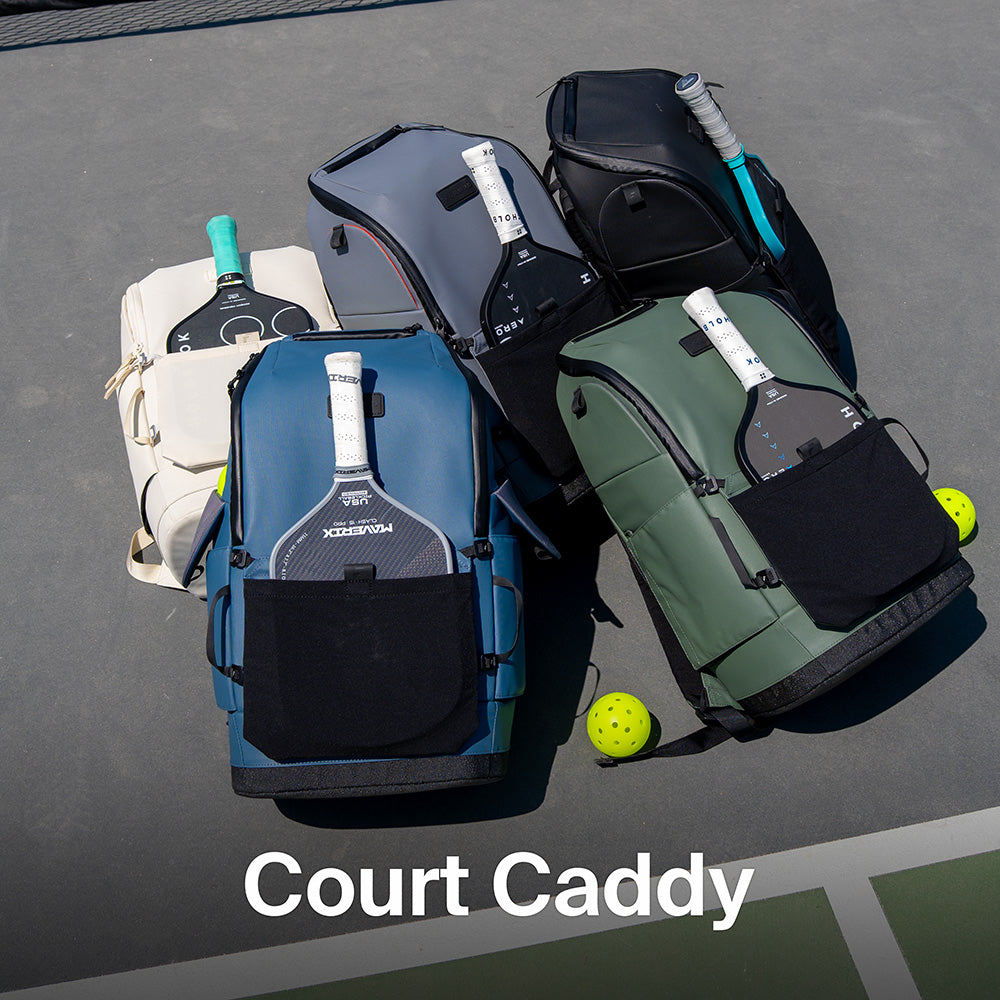
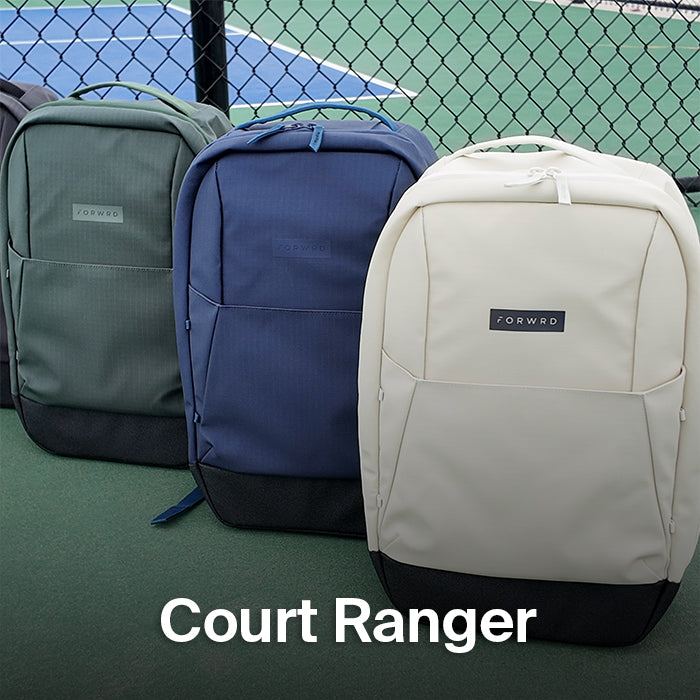
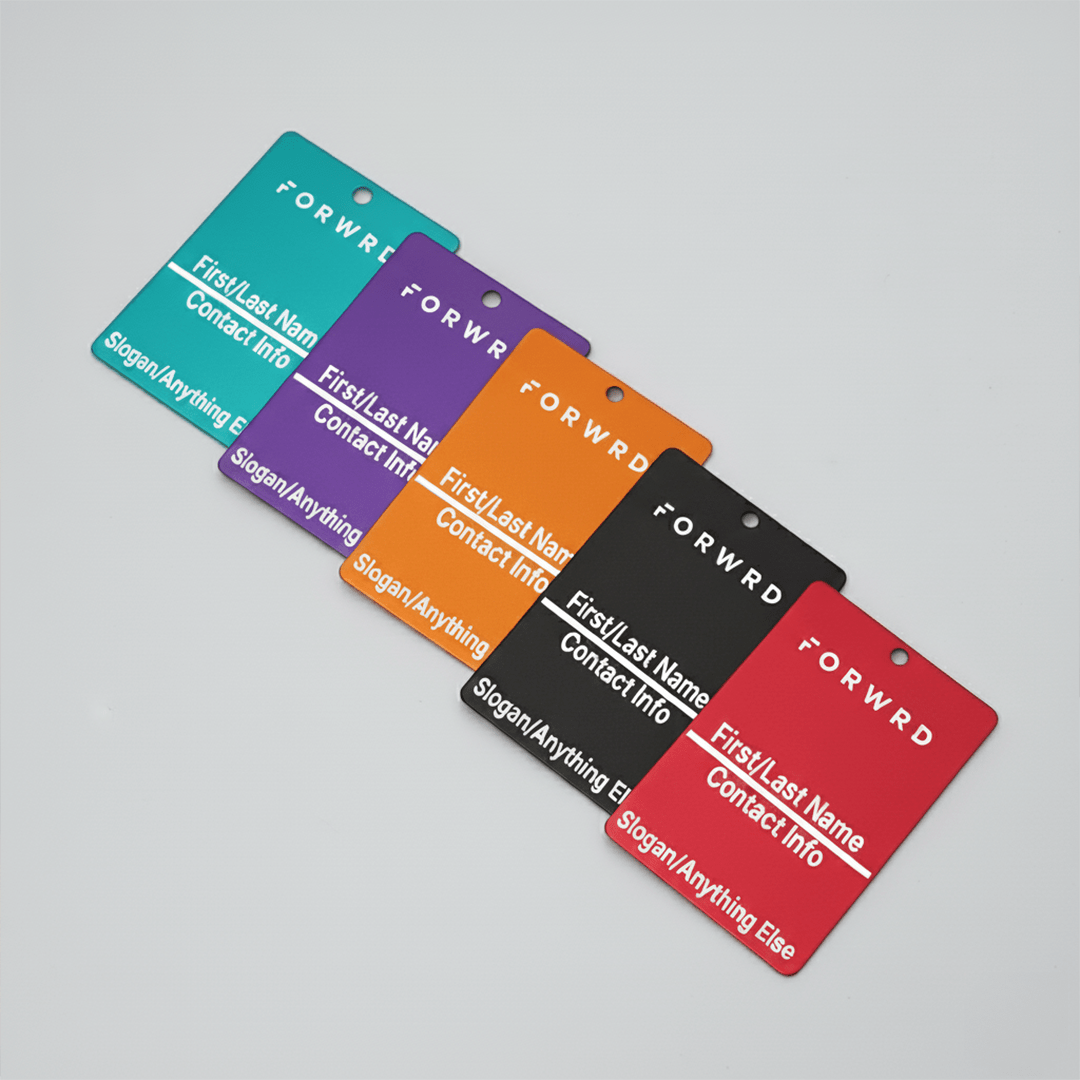
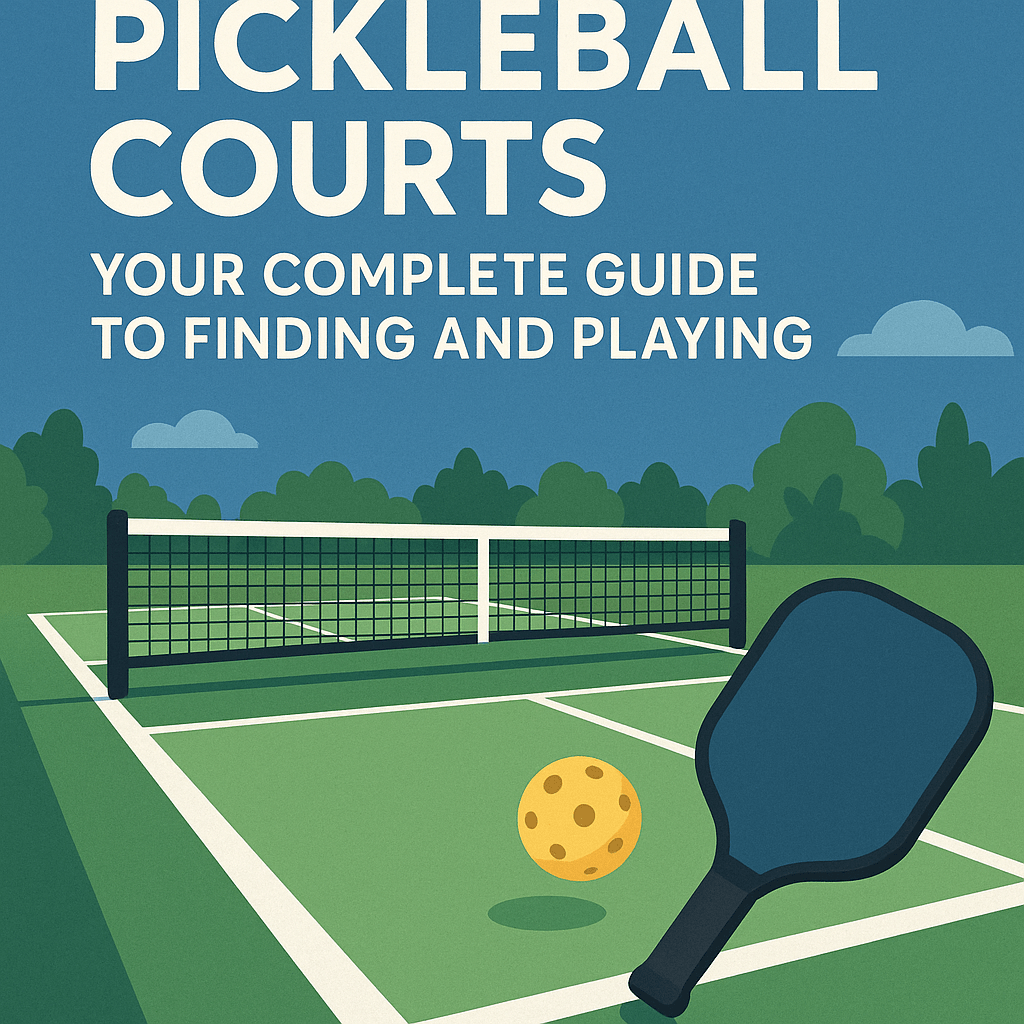
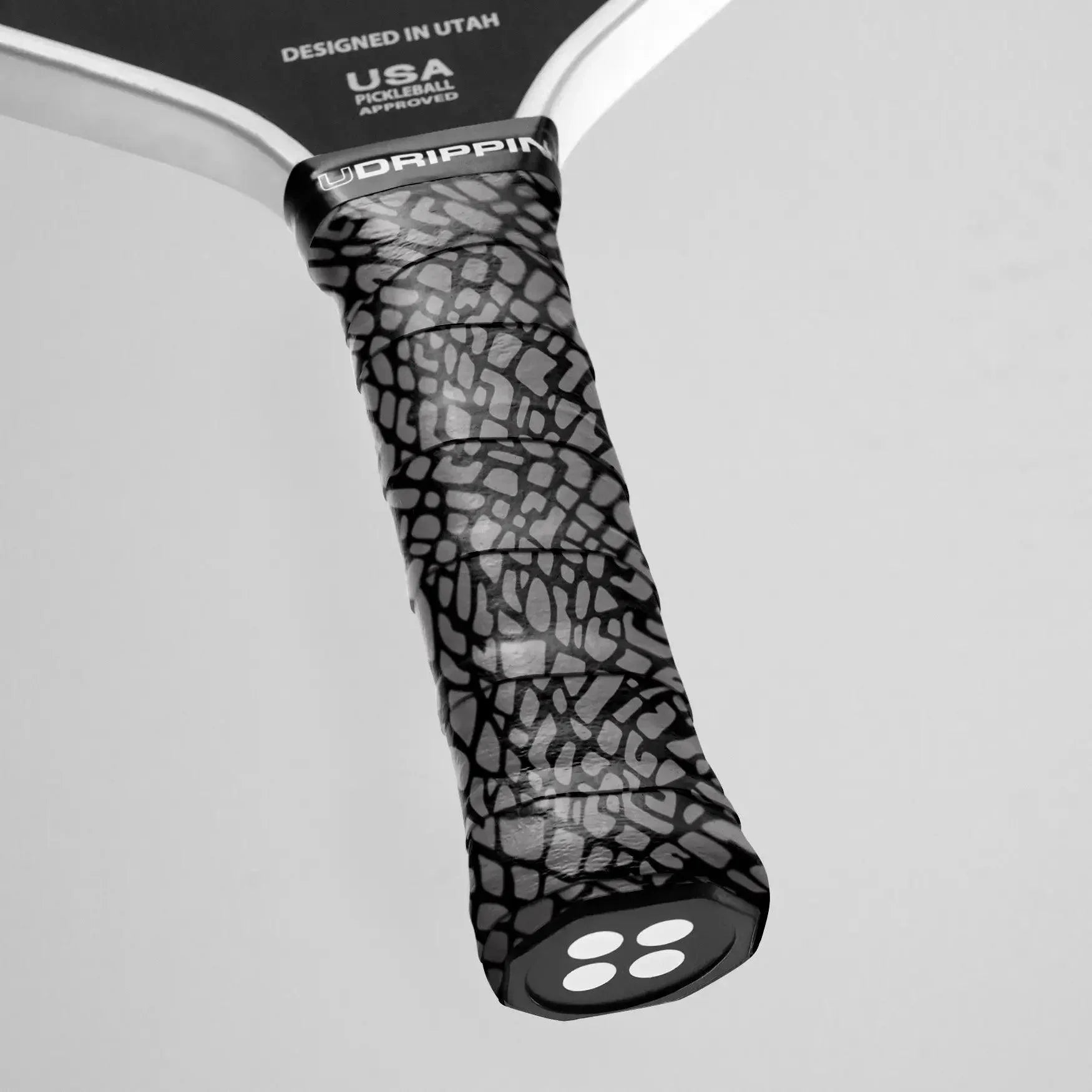
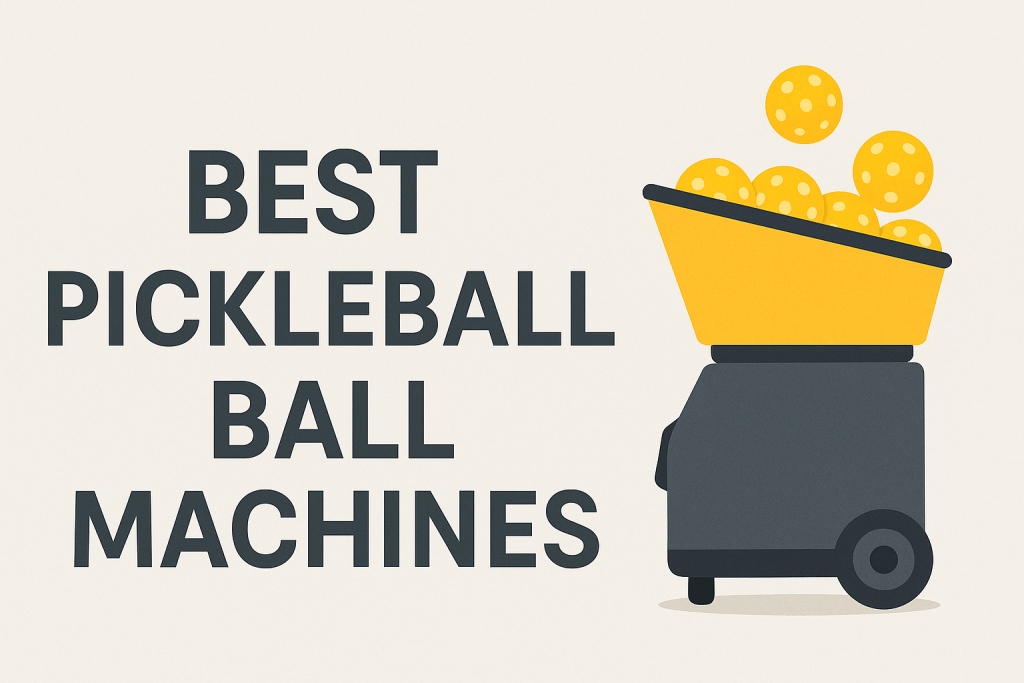
Leave a comment
All comments are moderated before being published.
This site is protected by hCaptcha and the hCaptcha Privacy Policy and Terms of Service apply.